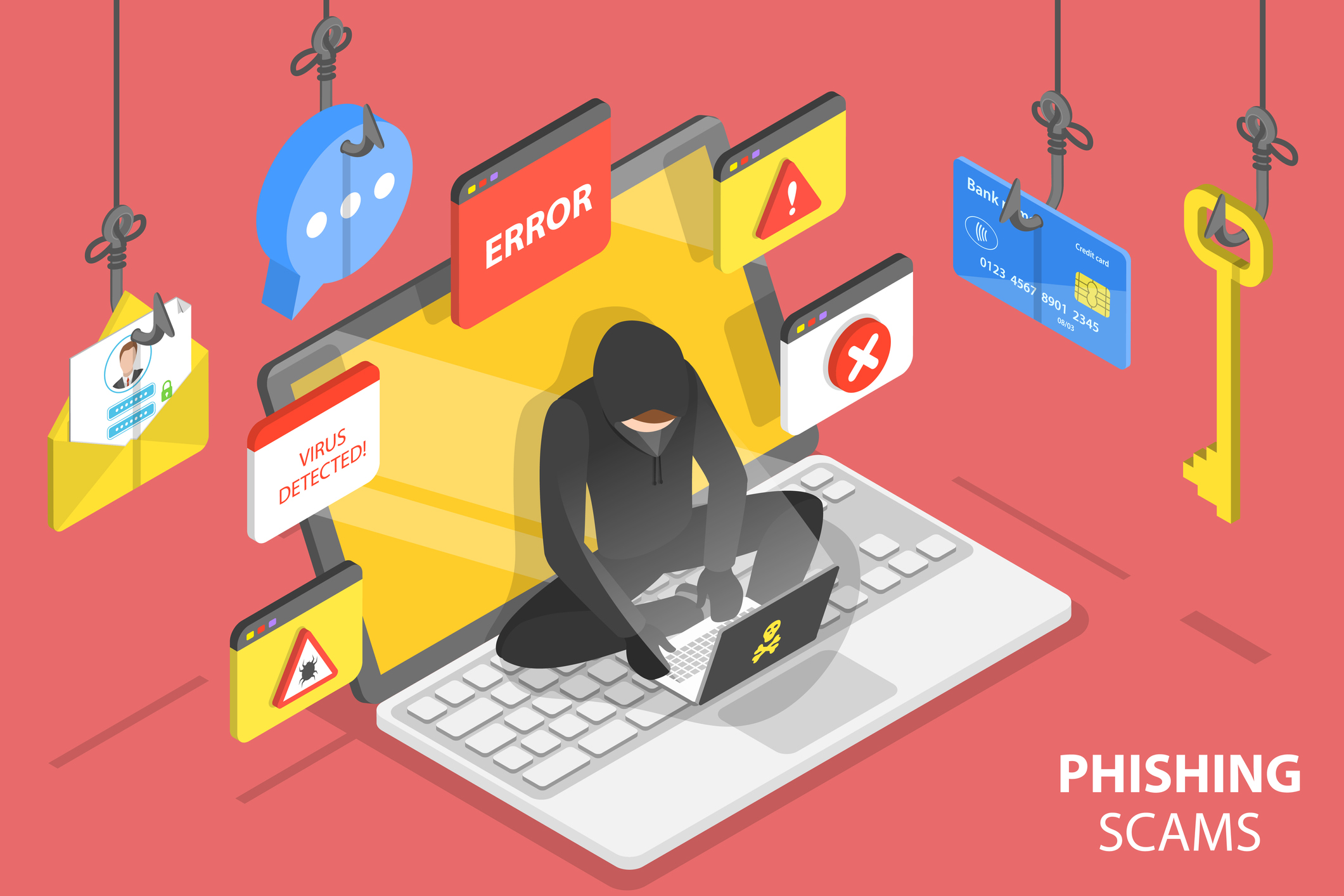No organization wants to face a data or information breach, but it can and does daily to businesses, as the headlines demonstrate. Data breaches do not just bring a significant loss to your business. They also harm its reputation by shaking your client’s trust. Many factors leave some companies weaker in branches than others.
Here are some well-known data security risks that can make a breach more likely. It would be best if you addressed some top threats to your business as soon as possible.
Social Engineering Vulnerabilities
One common vector for data breaches is deceiving workers into exposing permits or installing malware. Identifying phishing, social engineering vulnerabilities, and malware is essential education for every employee. IT needs to stay alert of the latest updates, be on the lookout for targeted outbreaks, and ensure employees know what to look for and what to do.

Unmanaged IoT Devices
In the future, the amount of unmanaged IoT devices will be expected to evade the number of managed devices in a typical company. These unmanaged devices do not contain endpoint and policy controls, making it very hard to know how they connect with the network. This lack of discernibility makes it impossible to see a company’s risk landscape.
Lack of Awareness
The most significant security threats businesses must address are “people” and their failure to appropriately find scams, frauds, infected links, and phishing emails that bring malware. Robust security awareness training will be a severe step in defending our data, information, and systems by showing them the threats that the worst cybersecurity practices present to the business.
Data Loss
To compete for the speed of innovation, data compliance scrutiny, and democratization, businesses should take a data-centric way coupled with data loss inhibition. Applying an information or data loss prevention method for data or information security ensures security teams and data holders can positively attest to the privacy and safety of businesses’ most valued asset: consumer data.

Personal Data Accessibility
Consider it or not, hundreds of organizations are saving your data, such as your date of birth, personal contact information, geolocation, income level, address at any given time, and more. Businesses should remember that clients have trusted them with this data or information. So, they should ensure that only the right people can access it through appropriate security protocols at the correct time.
Managing the Highly Complex Digital Business Environment
Data breaches occur because it is difficult to do anything constantly at scale. The top threat is unable to follow basic policies 100% of the time in a changing, growing, increasingly complex digital business environment.
Assailants are like ants in a house. No matter what you perform, they always find some alternative approach. You must handle complexity and implement basic security morals everywhere, all the time.
Insecure Applications
Applications frequently transmit and store complex data, often by APIs and third-party platforms, significantly growing their attack surface. Pending applications are the reason for most attacks, yet considerably more budget is spent on acquiring the network. Risk model your enterprise applications and ensure the most severe data threat is reduced or resolved first.
Untrained End User
The biggest threat is employees; phishing emails, setting weak passwords, downloading malware, and mishandling confidential data in apps are significant business threats. That is why it is essential to invest in ongoing training. You could have the costliest and most efficient security equipment, but it doesn’t matter if the end-user is the puniest link.

Consumer Trust in the Repository
Data breaches are self-assurance vampires: they down on misplaced- trust that customers place in unprotected data repositories. Like risks, most scientific methods can be dissatisfied with a recent complete asset audit and robust segmentation. Without understanding your primary asset and constraining the scope and threat of potential concession, you are defensive in the dark from all sides.
Lack of Data Access Oversights
Businesses mostly do not know what confidential data they contain and who accesses it. Remarkably, they grant contractors and employees more facilities than they require for their jobs. The more users have accessed, the more complex the risk, and organizations must consistently audit and classify their data.
Bottom Line
Data is everywhere, and information security is one of the main concerns of the technological world. In the business sector data plays a vital role, and data security is every business’s primary concern to maintain and build consumers’ trust. About Complete Controller® – America’s Bookkeeping Experts Complete Controller is the Nation’s Leader in virtual bookkeeping, providing service to businesses and households alike. Utilizing Complete Controller’s technology, clients gain access to a cloud platform where their QuickBooks™️ file, critical financial documents, and back-office tools are hosted in an efficient SSO environment. Complete Controller’s team of certified US-based accounting professionals provide bookkeeping, record storage, performance reporting, and controller services including training, cash-flow management, budgeting and forecasting, process and controls advisement, and bill-pay. With flat-rate service plans, Complete Controller is the most cost-effective expert accounting solution for business, family-office, trusts, and households of any size or complexity.
About Complete Controller® – America’s Bookkeeping Experts Complete Controller is the Nation’s Leader in virtual bookkeeping, providing service to businesses and households alike. Utilizing Complete Controller’s technology, clients gain access to a cloud platform where their QuickBooks™️ file, critical financial documents, and back-office tools are hosted in an efficient SSO environment. Complete Controller’s team of certified US-based accounting professionals provide bookkeeping, record storage, performance reporting, and controller services including training, cash-flow management, budgeting and forecasting, process and controls advisement, and bill-pay. With flat-rate service plans, Complete Controller is the most cost-effective expert accounting solution for business, family-office, trusts, and households of any size or complexity.




